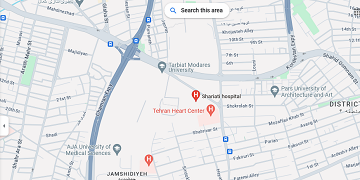Atorvastatin Inhibits Viability and Migration of MCF7 Breast Cancer Cells

Abstract
Objective: Atorvastatin is commonly used as a lipid lowering drug. The emerging interest in statins as anticancer agents is based on their pleiotropic effects on cancer cells. Among the statins, atorvastatin, and in cancers, breast malignancies have received less attention in preclinical investigations. In order to enhance the efficacy of cancer treatment, adjuvant, less expensive therapeutic strategies have been recently noticed. In this case, we investigated the in-vitro effect of atorvastatin on viability and migration of MCF7 breast cancer cell line.
Methods:
We tested the cytotoxicity of atorvastatin on breast cancer cells survival by MTT assay. Annexin-V / PI staining and then flow cytometry of cancer cells in addition to quantitative real-time PCR tests quantified the apoptosis and necrosis of cancer cells. We figured out the impact of atorvastatin on cancer cell migration capability through scratch-wound healing assay and transwell migration examination. Inverted light microscope and fluorescent imaging displayed the morphological changes following treatment of MCF7 cells with atorvastatin. Result: We resulted that atorvastatin can trigger MCF7 cancer cells to undergo necrosis and caspase-dependent apoptosis based on the viable/dead cell number, mitotic cell cycle, gene expression, and morphological assays. The results were dose- and time-dependent and the half- maximal inhibitory concentration of atorvastatin for cancer cells’ viability inhibition was 9.1 μM/L(nM/mL). Moreover, the migration of MCF7 cells were inhibited in the treated group as we figured out in two- and three-dimensional migration methods. Conclusion: In-vitro inspection of drug-cancer cell interactions paves the way for future in-vivo research studies. These in-vitro results revealed that atorvastatin has anti-viability and anti-migration effects on breast cancer cells.




Send to friends